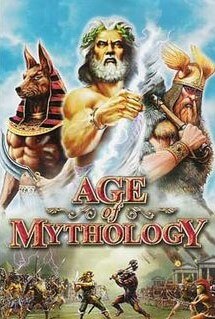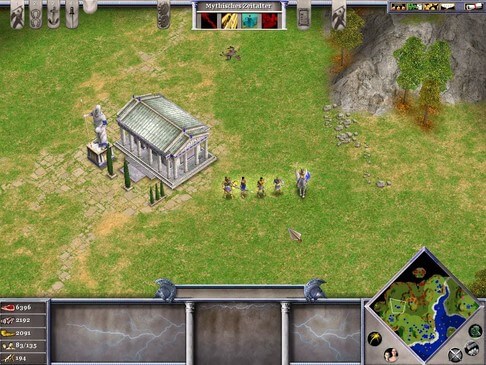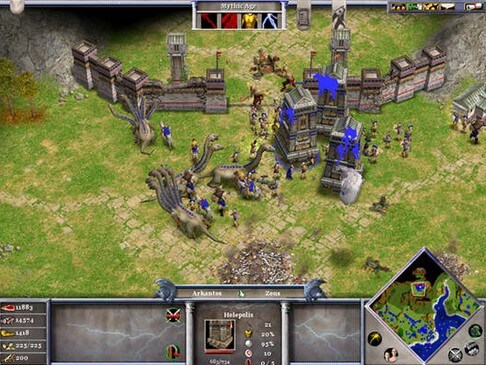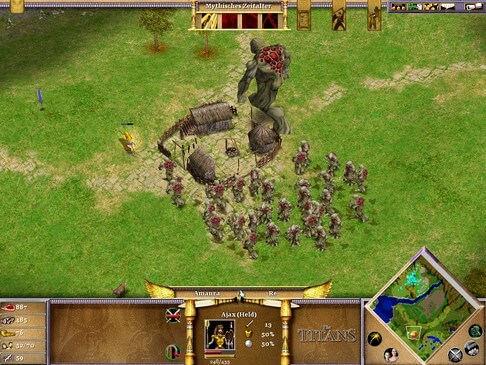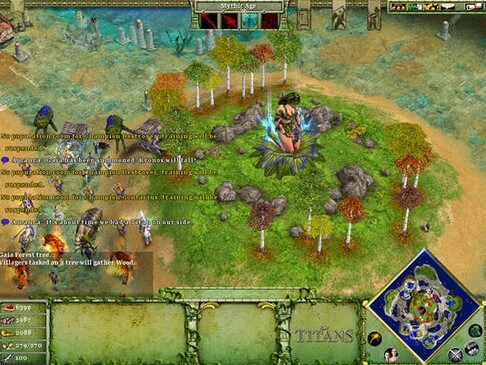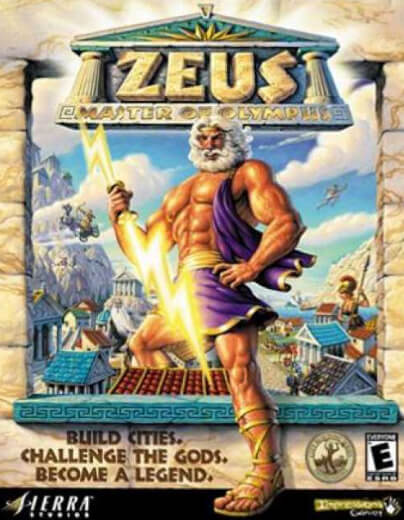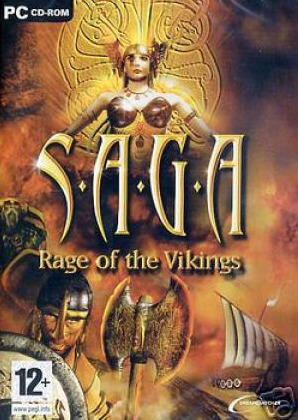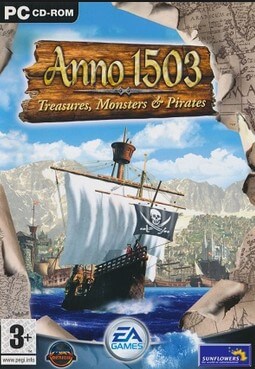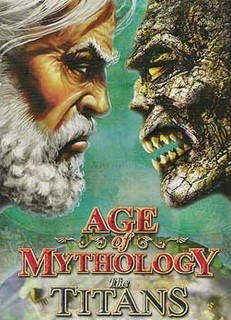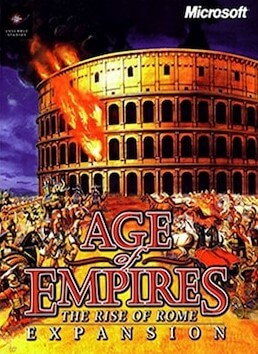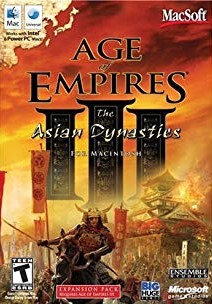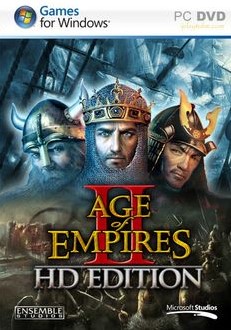Age of Mythology (AoM) is a real-time strategy video game developed by Ensemble Studios and published by Microsoft Game Studios. It was released on October 30, 2002 in North America and a week later in Europe.
A spin-off from the Age of Empires series, Age of Mythology takes some of its inspiration from mythology and legends of the Greeks, Egyptians, and Norse, rather than from actual historical events. Many gameplay elements are similar to the Age of Empires series. Its campaign follows an Atlantean admiral, Arkantos, who is forced to travel through the lands of the game's three cultures, hunting for a cyclops who is in league with Poseidon against Atlantis.
Age of Mythology was commercially successful, going platinum four months after its release after selling over one million units. In 2003, it was followed by an expansion pack, Age of Mythology: The Titans. On May 8, 2014, Age of Mythology: Extended Edition was released for Windows via Steam. This was followed by a second expansion pack, Age of Mythology: Tale of the Dragon, released on January 28, 2016.
Gameplay
Like many other real-time strategy games, Age of Mythology is based on defeating enemy units and towns, building your own units and towns, and training villagers and fighters. In this way, players are able to defeat and conquer rival towns and civilizations. Players advance their tribe through four "Ages": starting in the Archaic Age, the player may upgrade to the Classical Age, the Heroic Age, and finally, the Mythic Age. Each upgrade to a higher Age unlocks new units and technologies for the player, which strengthens their settlement. However, upgrading requires a sum of resources to be paid and a certain prerequisite building to be constructed.
There are three playable cultures in Age of Mythology: the Greeks, Egyptians, and Norse. Each culture has three "major gods"—important deities such as Zeus or Odin. The player chooses their major god before the game begins. Every time a player advances to the next age, a "minor god" is selected. Minor gods are slightly less significant historically than their major counterparts. Some minor gods include Bast and Aphrodite. All gods grant the player unique technologies, myth units, and a unique "god power"—A one-time special ability that can either damage an opponent, or benefit the player that uses it.
There are four major resources in Age of Mythology: food, wood, gold, and favor; unlike previous games by Ensemble Studios, this game does not include the stone resource. Resources can be used to train units, construct buildings, and research technologies, among other things. Civilian units—namely, the Greek villagers, Norse gatherers and dwarfs, the Egyptian laborers, and fishing boats—are used to gather resources. Hunting animals, gathering berries, harvesting livestock, farming, and fishing are all methods by which food can be gathered. Wood is gathered only by chopping down trees, and gold is gathered from either gold mines or from trade. Players can purchase upgrades that increase the rate of gathering these resources. Favor is acquired in different ways by different cultures: Greek players gain it by having villagers pray at temples; Egyptian players earn it by building monuments; and Norse players receive it by fighting/hunting animals or by possessing heroes. Resources can be exchanged at a player's market, with the exception of favor.
Units
Every unit in the game takes up between one and five "population slots". Building additional houses or Town Centers—the main building in a player's town—increases the population capacity, up to a maximum of 300.
Units can be classified into seven categories; infantry, archers, cavalry—the three of which are broadly classified as human units—siege units, naval units, heroes, and myth units (monsters and other creatures from mythology). The rock-paper-scissors model governs most units in battle. For example, infantry do additional damage to cavalry, cavalry do additional damage to archers, and archers do additional damage to infantry. The same rock-paper-scissors formation exists in the three different types of naval units—arrow ships, siege ships, and hammer ships. Siege units are generally exempt from the rock-paper-scissors model but are instead able to destroy buildings easily while being vulnerable to cavalry attacks. Heroes are extremely effective against myth units, which in turn do large amounts of damage against human units. Heroes are also able to collect relics, which grant the player additional economic or military bonuses when deposited in a player's temple. Most units can be upgraded, making them better at certain tasks.
Buildings
Buildings in Age of Mythology can generally be split into three categories: economic, military, and defensive. The most important economic building is the Town Center, which is similar to the building of the same name in the Age of Empires series games. Most civilian units are trained at the Town Center, as are some improvements. Most importantly, players advance Age via the building. The Town Center provides 15 population slots, and building additional houses will earn the player 10 additional slots per house. In the Heroic Age, players may claim settlements (unclaimed Town Centres) for additional population slots. In some cases owning all town centres will trigger a countdown to victory. Other economic buildings include the farm and market.
Buildings are able to research improvements, as well as provide resources for the player. All units except civilians and myth units are trained at military buildings. These buildings differ in name and purpose between culture, but all are able to train similar units. Military buildings are also used to research military specific technologies, such as armor upgrades, and attack improvements.
Walls and towers are defensive structures, which are not able to train units, and are used only for the purposes of defense. They are able to research some upgrades, although these are generally only useful to the building performing the research. Another type of building available to players, is a Wonder: a grand building that represents an architectural achievement of the civilization. In certain game modes, once a player builds a wonder, a ten-minute countdown begins. If the wonder is still standing after the countdown ends, the player who built the wonder wins.
